
 10
10




Vic Johanson
"I must Create a System, or be enslaved by another Man's"--William Blake
 3
3





 2
2




 4
4




Moderator, Treatment Free Beekeepers group on Facebook.
https://www.facebook.com/groups/treatmentfreebeekeepers/






 2
2




 1
1




Moderator, Treatment Free Beekeepers group on Facebook.
https://www.facebook.com/groups/treatmentfreebeekeepers/





 7
7








Leila Rich wrote:Michael, that's what I thought, but then I was reading about landraces in species that basically don't cross, like tomatoes...
so how does that work?
I've never seen tomatoes cross; although it appears the 'wilder' varieties do to an extent.
Vic Johanson
"I must Create a System, or be enslaved by another Man's"--William Blake

 1
1




Victor Johanson wrote:Read all about it: http://www.motherearthnews.com/organic-gardening/landrace-gardening-promiscuously-pollinated-tomatoes-zbcz1401.aspx




Vic Johanson
"I must Create a System, or be enslaved by another Man's"--William Blake
 3
3




 2
2




 3
3




Brian Vagg wrote:I think that applying landrace techniques to select for varieties that do well in your environment is key. So many of us buy seed from sources (good sources mind you) that pull from varieties located all over the place. With access to so many different varieties, I wonder if it is more or less beneficial for landracing? Intuitively I think it would be much more beneficial to increase the diversity. Just applying good observation techniques should help determine what is successful and what is not. I believe increasing diversity would accelerate the process of creating a cross that was well suited for your environment. But is there a transition zone where you might introduce too much diversity? Maybe where you introduce one variety that is a much better pollinator than others and it ends up blocking a cross that might have occurred that would have eventually led to a variety that is best suited for your environment? Or, will it just work itself out in the long run and having the increased diversity is highly desired?
I imagine that before the days of seed catalogs, most seed was passed between people within a short distance of each other. Many cultures seem to have a deep history with seed swapping. As the seeds (genetics) traveled they would cross and become new varieties. I bet in the not too distant past, the genetic diversity of a species being cultivated by humans was significantly more diverse. But the access to all of that diversity would have been much lower than the access we have today.
Vic - great post. BTW, the pole beans I got from you at last years Sepp class did extremely well in my garden. By far one of the best pole beans I have planted. I saved a bunch of seeds and plan to give them away to a number of fellow gardeners. Thanks again!
Vic Johanson
"I must Create a System, or be enslaved by another Man's"--William Blake
 2
2




Victor Johanson wrote:
I think the idea is to throw a bunch of genetics in a pile and shuffle the deck, allowing natural selection to occur. One should select those genetics to some degree, though, without being obsessive about it. Pollination is something to definitely consider...many modern hybrids share a trait called "cytoplasmic male sterility." This isn't something one wants; it's a defect which makes hybridization easy, since self-pollination is impossible. The creepy thing about it is that it is sometimes achieved through cell fusion, a form of genetic engineering, yet many "organic" seeds carry this characteristic, and not many people are talking about it. Using hybrid seed to form a landrace can be useful, but issues like CMS need to be considered. We want plants that are sexually potent and promiscuous. There is more info on CMS here: http://seedambassadors.org/2013/06/24/why-cell-fusion-cms-cybrid-seed-is-creepy/
Glad the beans did well, but are you sure you got them from me? I don't remember bringing pole beans to the workshop. I haven't grown them much here because they're usually not early enough, but last year I got a good crop, thanks to hugelkultur.
 3
3








The devil haunts a hungry man - Waylon Jennings












 3
3





 21
21




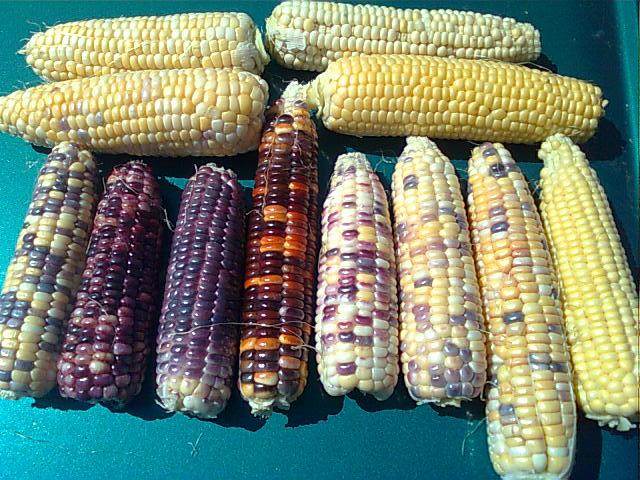

 4
4




 ) outside of the "forest garden" category.
) outside of the "forest garden" category.
“The most important decision we make is whether we believe we live in a friendly or hostile universe.”― Albert Einstein

 3
3




 2
2





 7
7








Come join me at www.peacockorchard.com





elle sagenev wrote:So what is the chance of adapting corn to be more drought tolerant? We'd really love to grow corn but it is almost impossible here. I try year after year and never get anything. Short season, strong winds, drought. Kinda sucks.




Joseph Lofthouse wrote:
elle sagenev wrote:So what is the chance of adapting corn to be more drought tolerant? We'd really love to grow corn but it is almost impossible here. I try year after year and never get anything. Short season, strong winds, drought. Kinda sucks.
Dave Christensen has been breeding Painted Mountain Flour Corn in Montana without irrigation for 30 years. Have you tried it? There is a sweet corn derivative of it called Painted Hills put out by Alan Kapuler of Peace Seeds. One of the projects that I am working on is to select for corn that is more frost tolerant. That way I can get it into the ground while there is still more soil moisture left over from the winter snows. Part two of this project will be to select for shorter season. I found the frost tolerance in a Hopi corn, but that is very long season, so I don't gain anything.
Come join me at www.peacockorchard.com




“The most important decision we make is whether we believe we live in a friendly or hostile universe.”― Albert Einstein
 2
2




"Just outside our field of vision sits the unknown, calmly licking its chops."

 6
6




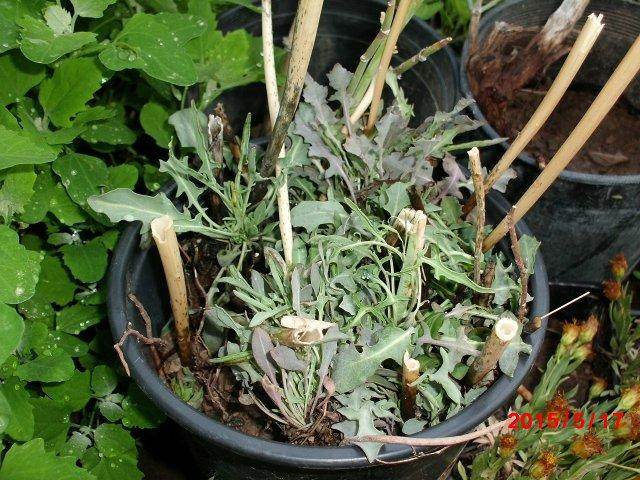
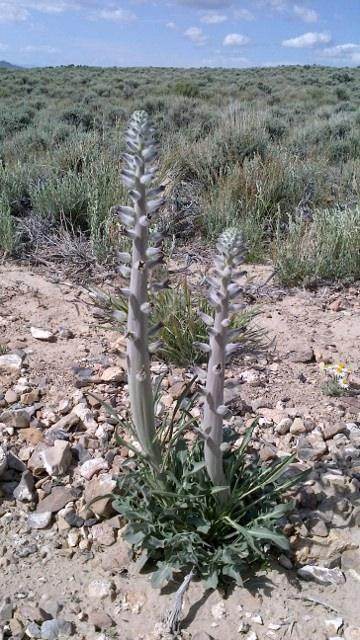
 1
1




"Just outside our field of vision sits the unknown, calmly licking its chops."
 3
3





“The most important decision we make is whether we believe we live in a friendly or hostile universe.”― Albert Einstein
 1
1




"Just outside our field of vision sits the unknown, calmly licking its chops."

 7
7




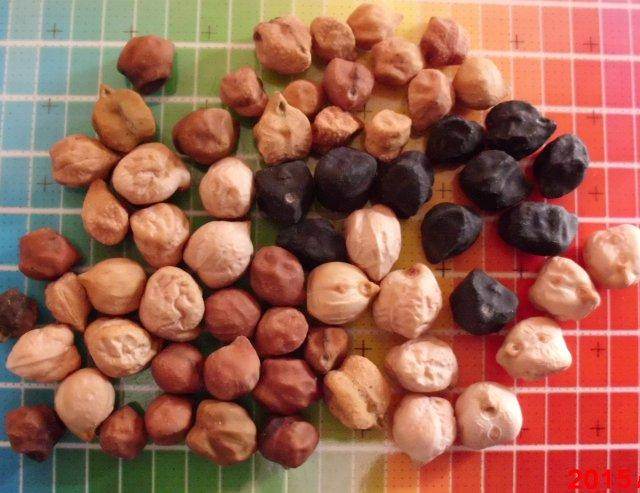
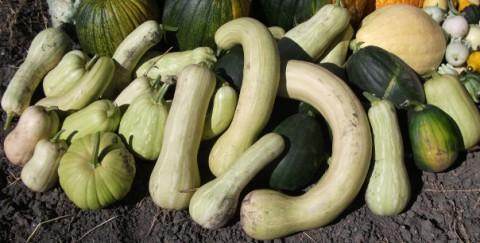





Come join me at www.peacockorchard.com











 1
1




R Ranson wrote:Joseph, do you ever sell any of your landrace seed?
Pecan Media: food forestry and forest garden ebooks
Now available: The Native Persimmon (centennial edition)

 2
2




 2
2












|
When people don't understand what you are doing they call you crazy. But this tiny ad just doesn't care:
Rocket Mass Heater Resources Wiki
https://permies.com/w/rmh-resources
|






